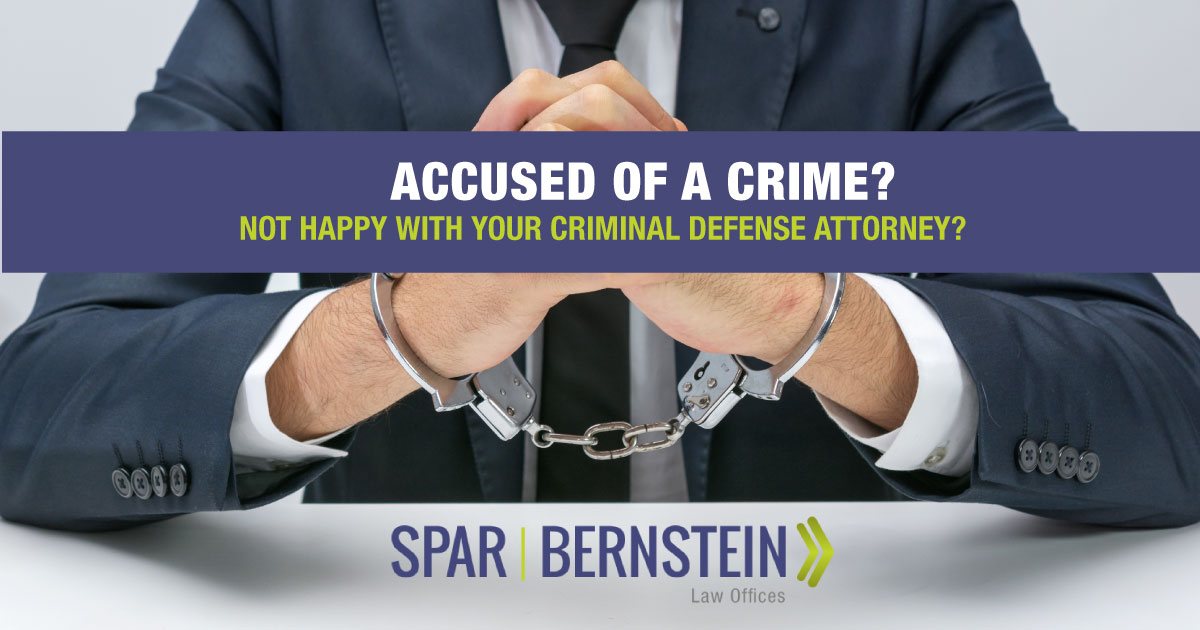Navigating A Criminal Test: A Comprehensive Detailed Examination Of What Takes Place
Navigating A Criminal Test: A Comprehensive Detailed Examination Of What Takes Place
Blog Article
Published By-McLean Gill
When you enter a criminal test, you could be amazed by the structured procedure that unravels. All of it begins with jury choice, where potential jurors are scrutinized for biases via a technique called "voir dire." After that, both sides provide their opening statements, establishing the stage for the evidence and testimonies to follow. You'll see how the prosecution and protection build their instances, however what occurs next can significantly influence the end result. Recognizing these stages can disclose the complexities of justice, but there's even more to reveal regarding the critical moments that comply with.
Court Choice Refine
When it concerns the jury option procedure, you're diving right into a crucial phase of a criminal test. This procedure, usually called "voir dire," involves doubting prospective jurors to ensure they're unbiased and with the ability of supplying a reasonable judgment.
You'll see both the prosecution and defense attorneys getting involved proactively, each aiming to pick jurors who align with their instance's story.
During voir dire, you'll discover that lawyers ask questions concerning jurors' histories, ideas, and experiences. Their objective is to identify any kind of pre-existing prejudices that can affect a juror's decision. As a juror, you might really feel a mix of anxiety and interest, yet your honesty is necessary.
After questioning, lawyers can challenge details jurors for cause if they believe a juror can't continue to be objective. They can also use a limited variety of peremptory challenges to disregard jurors without mentioning a reason.
Test Phases Explained
The stages of a criminal trial play an important role in making certain a reasonable and organized procedure.
You'll initially come across the opening statements, where both the prosecution and defense outline their instances. This establishes the stage wherefore's to find.
Next off, the prosecution presents its evidence and witnesses, aiming to confirm the offender's guilt past an affordable doubt. You'll see direct evaluation adhered to by interrogation, permitting both sides to test the here and now info.
After the prosecution rests its instance, it's the protection's turn. They'll offer their evidence and witnesses, usually focusing on producing reasonable doubt. You'll discover that the protection does not have to confirm virtue; they just need to challenge the prosecution's instance.
Once both sides have actually provided their debates, you'll hear closing statements, where each event summarizes their case. This is important as it enhances their placements before the court mulls over.
Throughout these stages, the judge ensures that the test follows legal requirements and that the civil liberties of both celebrations are secured.
Comprehending these phases will help you appreciate the intricacies involved in a criminal test and the relevance of each action in the search of justice.
Judgment and Sentencing
Besides proof has existed and arguments made, the court or judge provides a verdict, determining the accused's sense of guilt or innocence. If https://www.opb.org/article/2022/07/07/oregon-chief-justice-walters-calls-for-immediate-fix-to-public-defender-crisis/ belong to the jury, you'll deliberate with your fellow jurors, going over the proof and your impacts. This procedure can require time, as you'll wish to make certain everyone settles on the decision based upon the facts.
When a verdict is reached, it's revealed in court. If the accused is condemned, the following phase is sentencing. This is when the court determines the suitable punishment. You may discover that numerous elements affect the sentence, such as the seriousness of the criminal offense, the accused's previous document, and any type of mitigating situations.
The court may impose a variety of sentences, from fines and social work to jail time. Occasionally, the protection or prosecution can offer disagreements pertaining to sentencing, attempting to persuade the judge's decision.
If the accused is found not guilty, they're acquitted, and no punishment follows. Remember that https://drive.google.com/drive/folders/1jRbXYbKXvYr9KJxtjiXTyfJS6IwByKOk can commonly lead to allures, where the accused may challenge the verdict or the sentence enforced.
Final thought
In a criminal trial, you've seen how critical each action is, from court selection to the final judgment. You've adhered to the prosecution and defense as they develop their cases, intending to convince the jury. When consideration completes, the judgment establishes the result, and if the offender is found guilty, the sentencing stage starts. Comprehending these processes aids you value the intricacies of the justice system and the significance of each duty in guaranteeing a reasonable trial.
